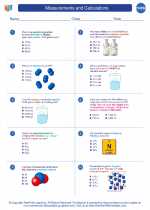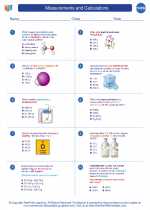Molecules
A molecule is a group of two or more atoms that are chemically bonded together. These atoms can be of the same element, such as in the case of oxygen gas (O2), or they can be different elements, such as in the case of water (H2O).
Types of Molecules
There are two main types of molecules: covalent molecules and ionic molecules.
Covalent Molecules
Covalent molecules are formed when atoms share electrons to achieve a stable electron configuration. This type of bonding occurs between non-metal atoms. Examples of covalent molecules include water (H2O) and carbon dioxide (CO2).
Ionic Molecules
Ionic molecules are formed when atoms transfer electrons to achieve a stable electron configuration. This type of bonding occurs between metal and non-metal atoms. Examples of ionic molecules include sodium chloride (NaCl) and magnesium oxide (MgO).
Molecular Structure
The structure of a molecule is determined by the arrangement of its atoms and the type of bonds between them. This structure influences the physical and chemical properties of the molecule.
Study Guide
- What is a molecule?
- What are the two main types of molecules?
- Give examples of covalent molecules.
- Give examples of ionic molecules.
- How is the structure of a molecule determined?
[Molecules] Related Worksheets and Study Guides:
.◂Chemistry Worksheets and Study Guides High School. Measurements and Calculations

 Worksheet/Answer key
Worksheet/Answer key
 Worksheet/Answer key
Worksheet/Answer key
